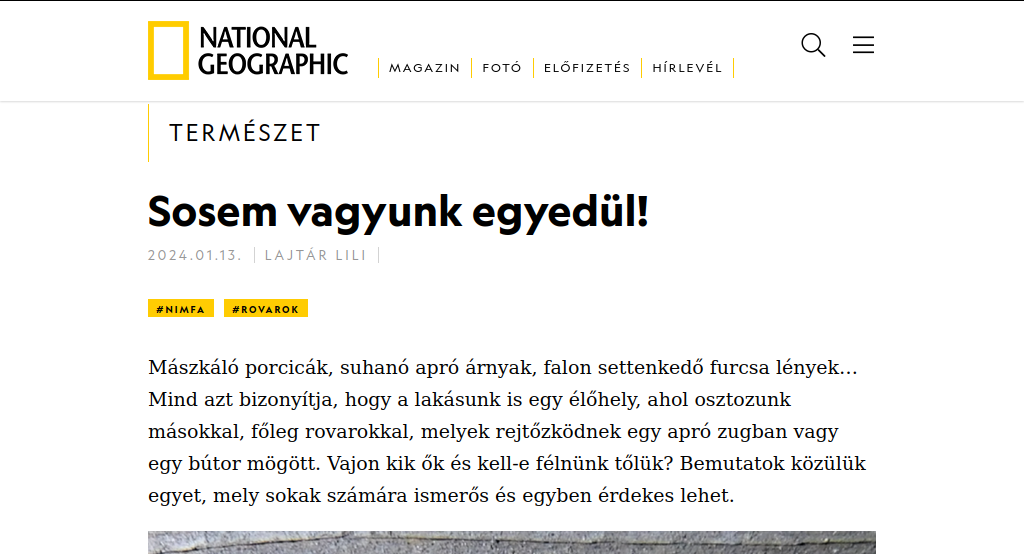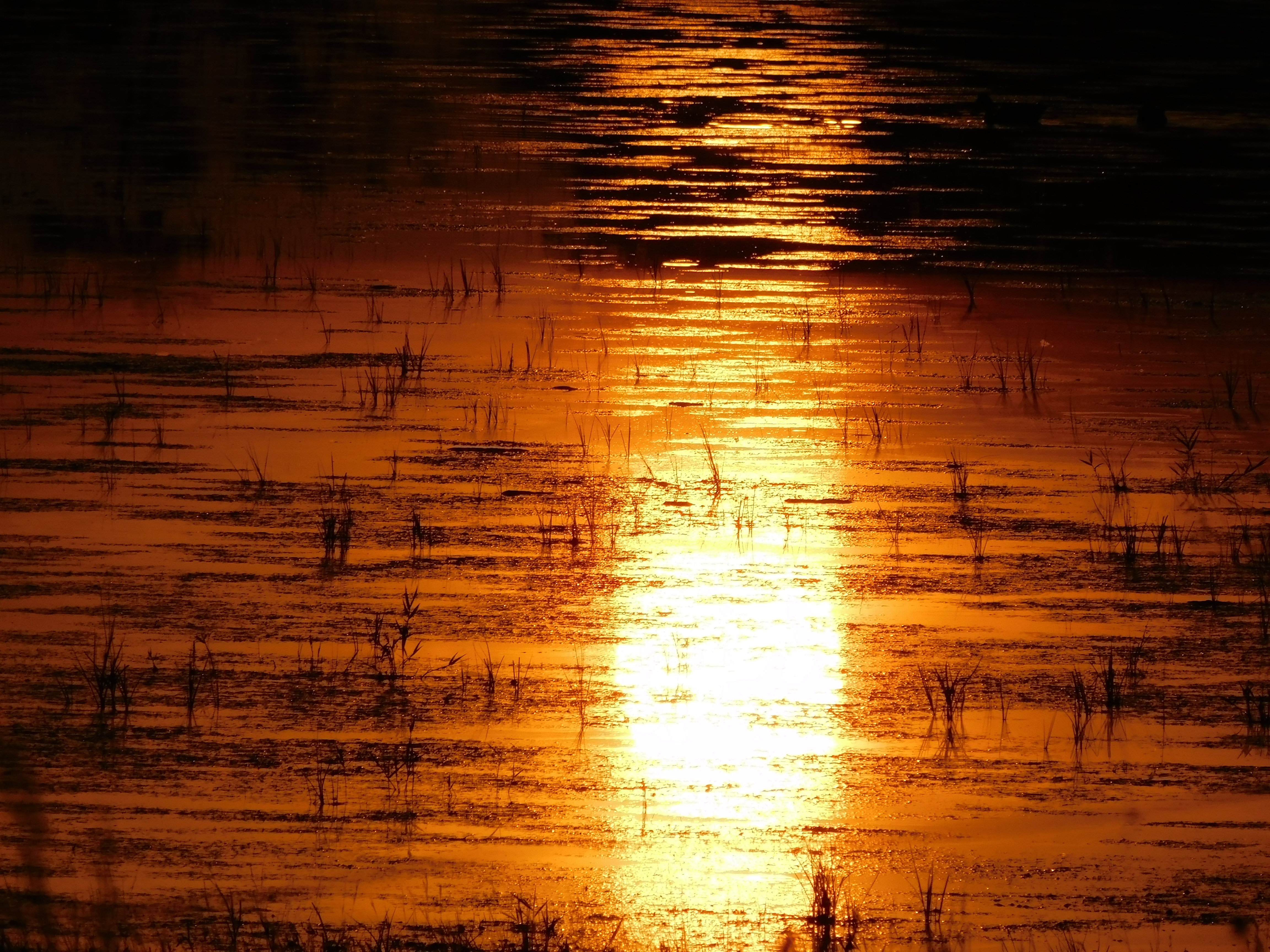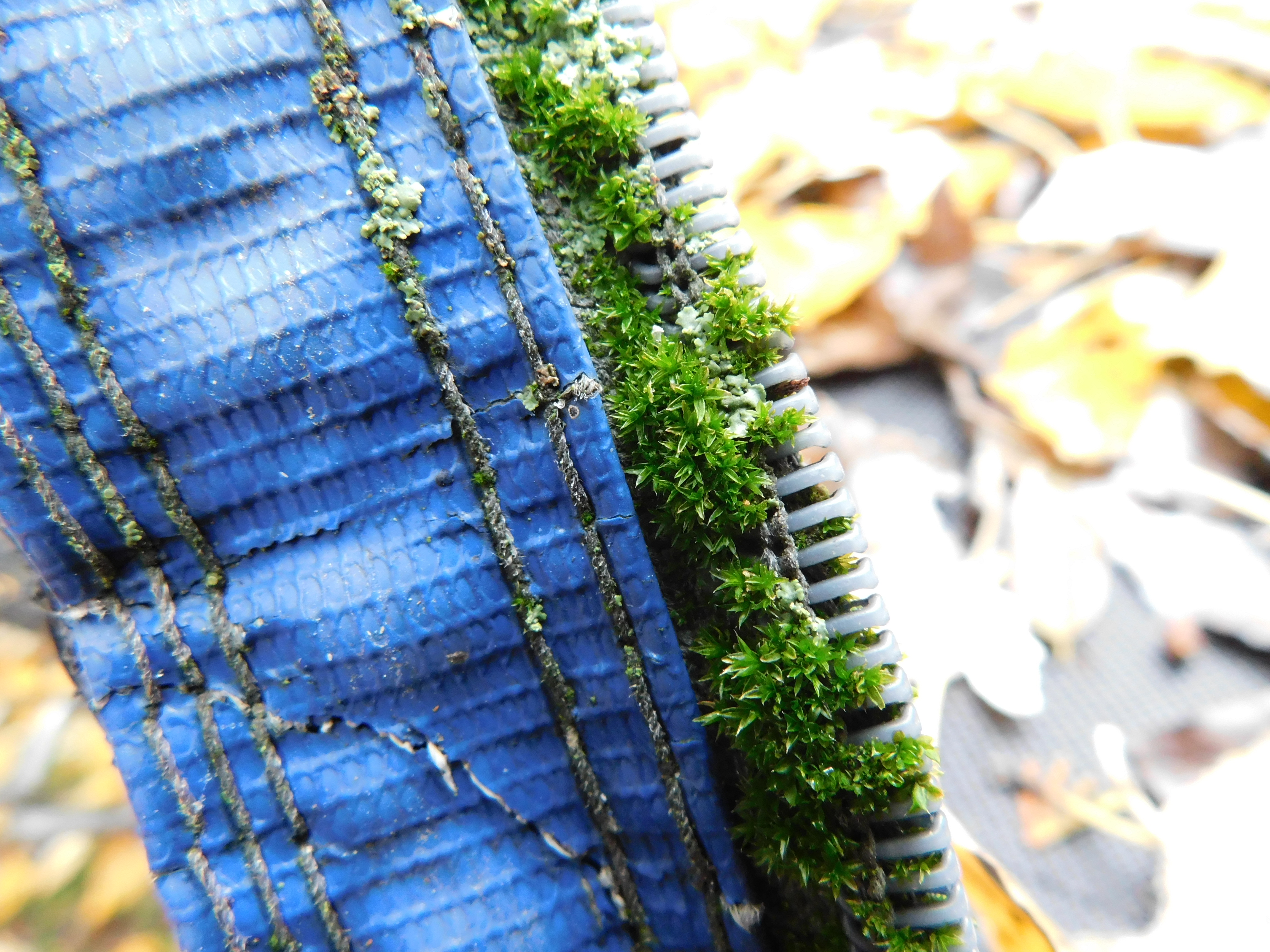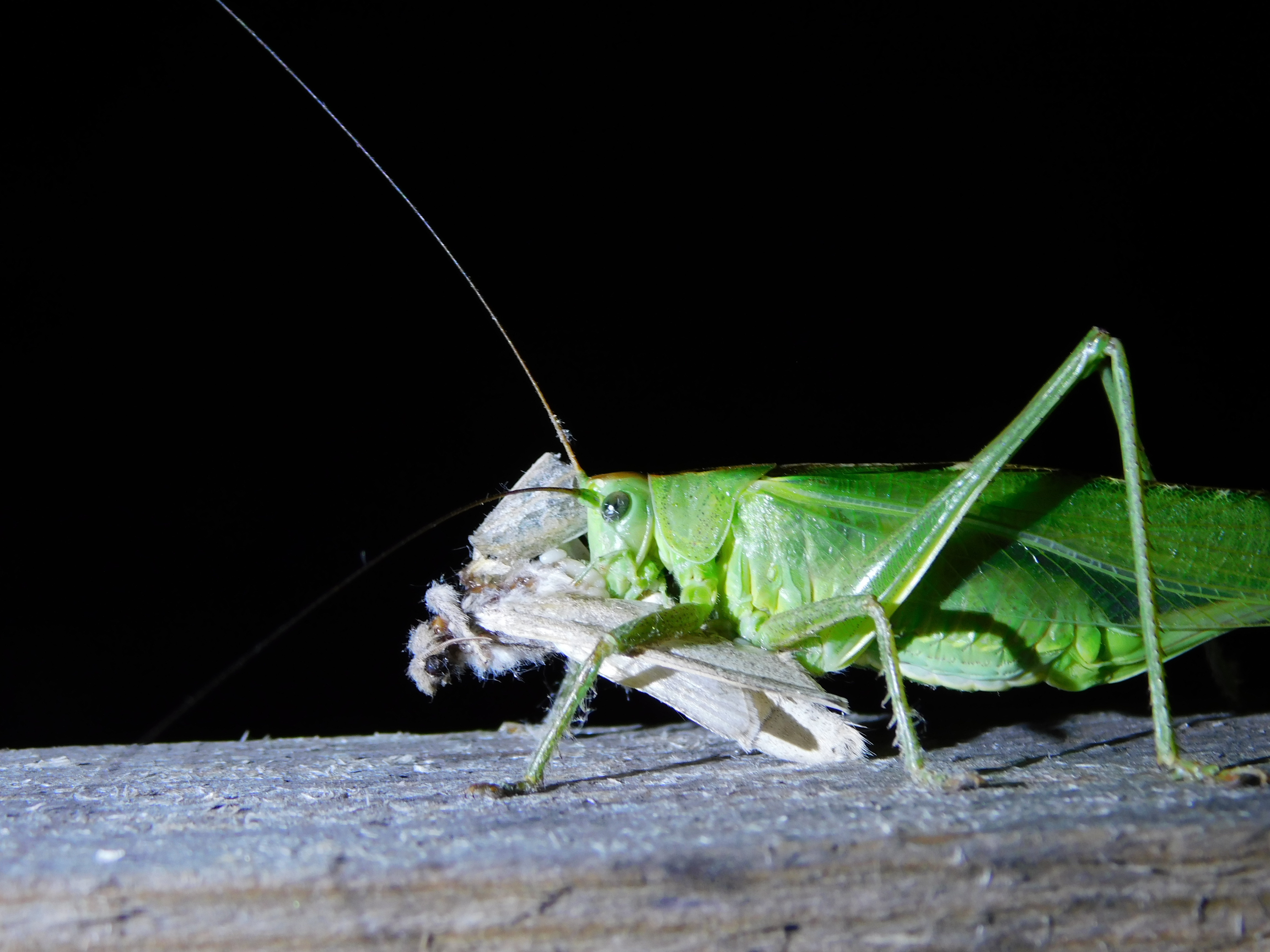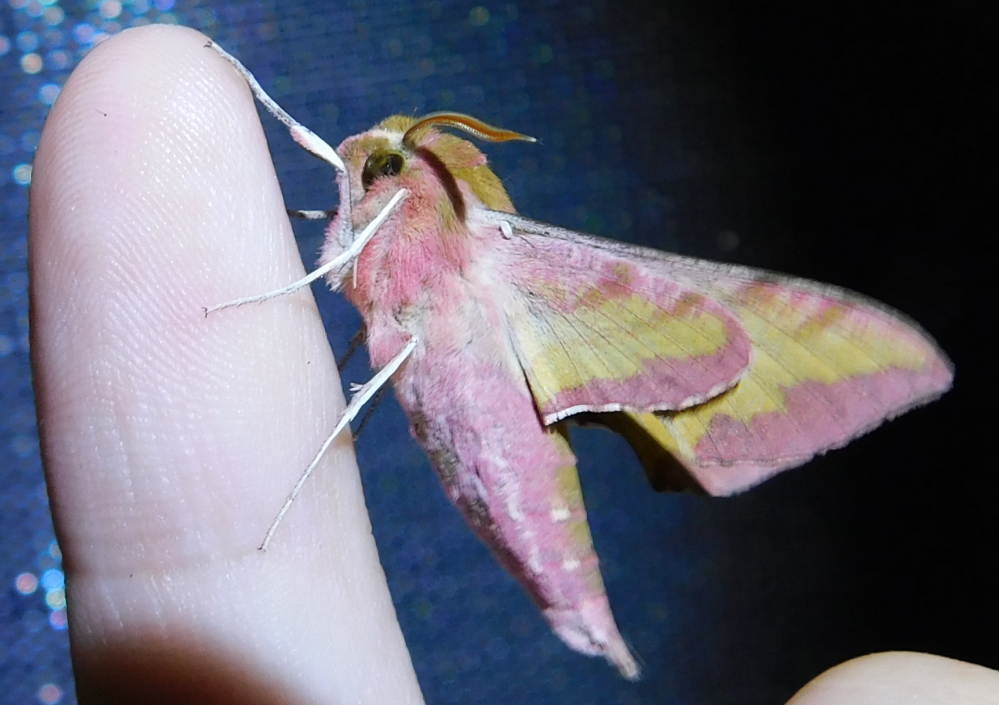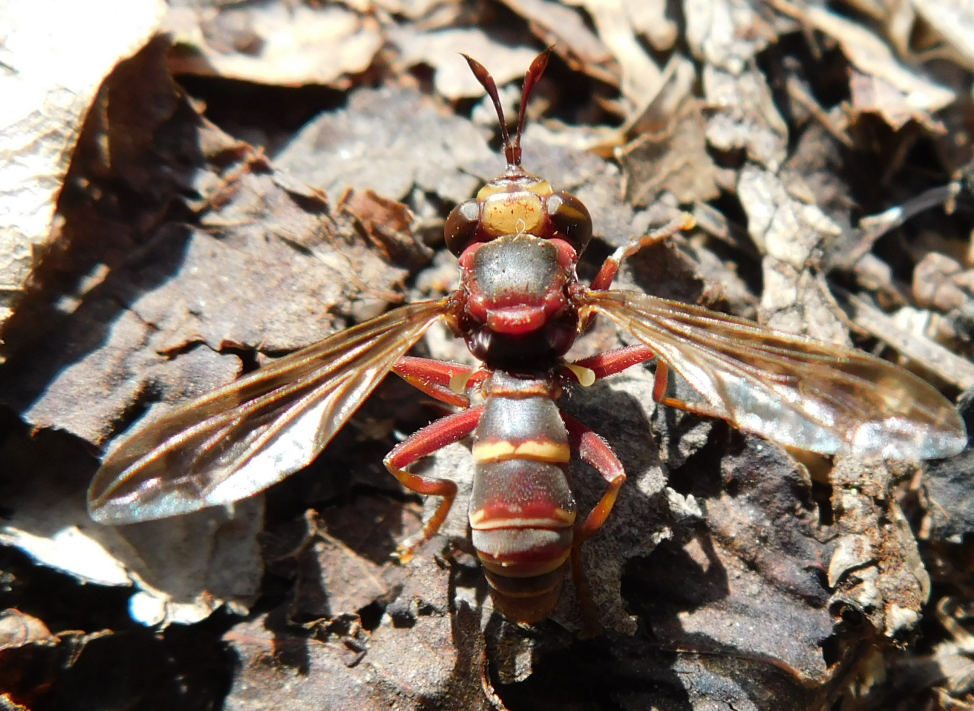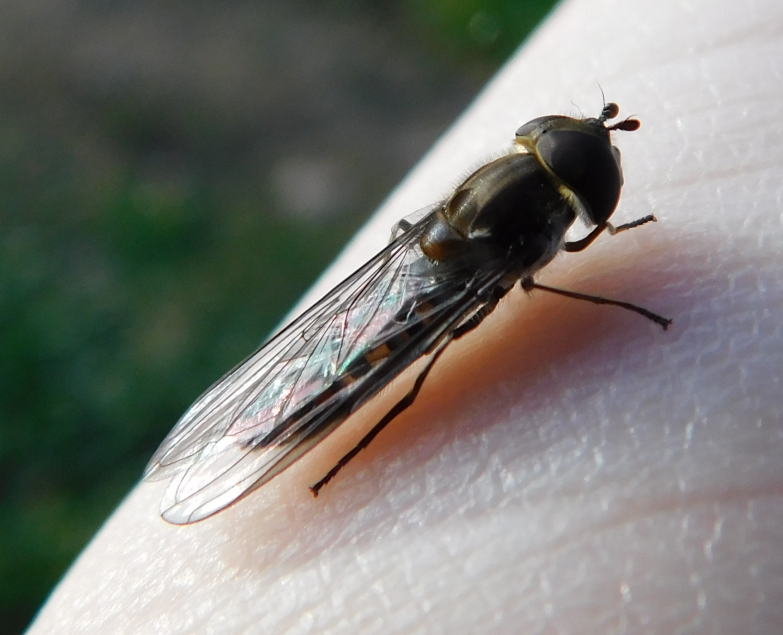Alkalmam nyílt beszélgetni Sándor Attilával, a Szegedi Gombász Egyesület vezetőjével, gombaszakértővel, aki most sok más mellett azt a témát is érinti, hogyan kellene nekünk, embereknek a gombákhoz hozzáállnunk.

Képet készítette: Szegedi Gombász Egyesület
Lajtár Lili (LL): Mióta és minek a hatására választotta életcéljául a gombák világának megismerését?
Sándor Attila (SA): Azok, akik eltávolodtak a természettől – vagyis az emberek többsége – előbb vagy utóbb meghallják a természet hívó szavát. Velem is ez történt. Az én válaszom először az volt, hogy elkezdtem túrázni, egyedül barangoltam, ahol rámesteledett, ott aludtam, figyeltem az erdő rezdüléseit. A legkülönösebb lények, amelyekkel útközben találkoztam, a gombák voltak. Hosszú tanulási folyamat vette ezzel kezdetét.
LL: Ebből a hosszú tanulási folyamatból végül mi lett a legfontosabb célkitűzése a Szegedi Gombász Egyesületnek?
SA: A természet védelme és azon belül elsősorban a nagygombák védelme érdekében hoztuk létre egyesületünket.
LL: Tisztában vagyok vele, hogy a következő kérdés roppant összetett, de ha mégis megpróbálnánk megválaszolni, akkor Ön hogyan látja, vajon miért kerülnek háttérbe a gombák? Miért kapnak kevesebb figyelmet, mint más élőlények?
SA: Háttérbe szorulnak a gombák, a miértre nincs rövid válaszom, de hogy mennyire háttérben vannak azt érzékeltetném néhány számmal. Ma közel 150 000 gombafajt ismerünk, de ez elenyésző a gombafajok becsült 2.2-3.8 milliós számához. Tehát a legóvatosabb becslés szerint is alig 7%-át ismerjük a fajoknak. A növények esetében éppen fordított az arány. Ezek a számok, és még sok-sok érdekesség a Kew Botanic Gardens State of the Wold’s Fungi 2018- as jelentésében olvasható.
LL: Most kanyarodjunk el egy kicsit, a határozás irányába. Mely jellemzők alapján lehet gombát határozni?
SA: Terepen a látható, tapintható, szagolható, ízlelhető és még a hallható tulajdonságokat is felmérjük. De gyakran még ez sem elegendő, vegyszerekkel indikációs teszteket végzünk, és szemmel nem látható tulajdonságokat vizsgálunk transzmissziós fénymikroszkóppal. Újabban a genetikai információk kiolvasása is napi gyakorlat. Lásd DNS vonalkód.
LL: Nem tűnik egyszerűnek, főleg, ha laikusok vagyunk. De ha szeretnénk gombákkal foglalkozni, mit kell tennünk ahhoz, hogy szakellenőrré váljunk?
SA: Nyolc osztályos végzettséggel kell rendelkezni és egy 150 órás tanfolyamon résztvenni, majd levizsgázni. Ezt követően vehet részt a vadon gyűjtött gombák kereskedelmének segítésében.
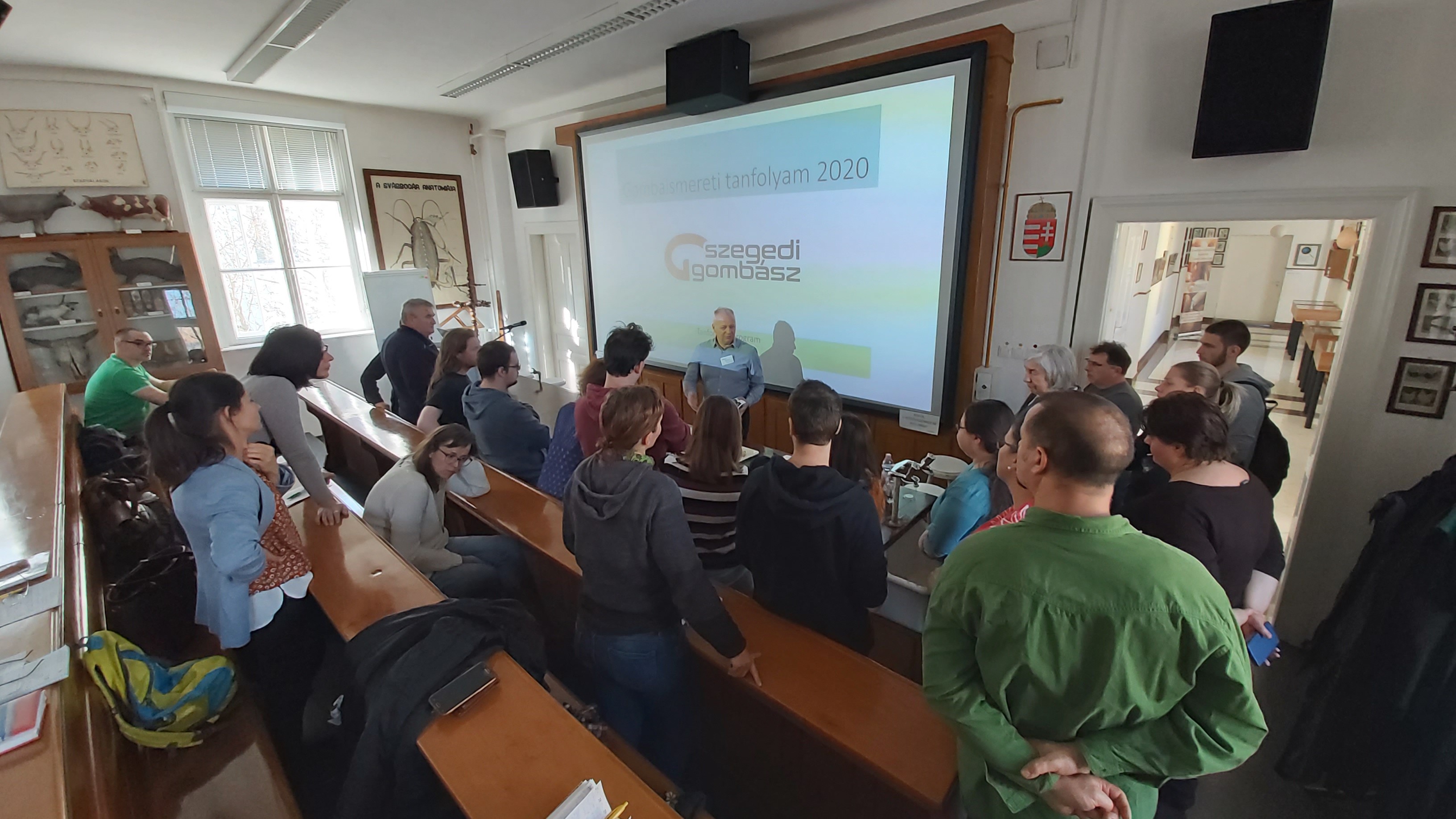
Képet készítette: Szegedi Gombász Egyesület
LL: Nyilván, ha már sikerült szakellenőrré képeznünk magunkat, belelátunk a gombákat övező társadalmi hozzáállásba, így látjuk azt is, ahogyan például a fiatalok gondolnak a gombákra. Ön szerint, hogyan lehetne motiválni őket a környezetükben előforduló gombák megismerésére?
SA: Figyelni kell a természet hívó szavára. A gombák varázslatosak, táplálnak és gyógyítanak, lebontják a szennyeződést, regenerálják a talajt, gyönyörködtetnek és inspirálnak. Szerencsére manapság egyre több szó esik a gombákról, én azt sem bánom, ha pszichedelikus gombák kerülnek szóba. Része a természetnek, része a kultúránknak.
LL: Biztosan sokak fejében megfordul a kérdés, hogy biztosan jól határoztam-e meg a fajt, szóval hasonló fajok esetén mi a megkülönböztetésük folyamata?
SA: A határozás a részletek iránti elkötelezettséget követel, tudást, tapasztalatot és gyakorlatot. Ugyanúgy, ahogyan az élővilág más csoportjaiba tartozó fajok, például mohák vagy bogarak határozása.
LL: Hogyan látja, milyen változásokat tapasztal a fajdiverzitásukkal kapcsolatban? Mit tehetünk a fajaik megóvásáért?
SA: Természetvédőként elkeseredetten látom, ahogy elpusztítjuk a természetet magunk körül. Minden nap szembesíteni kell az embereket, hogy tömeges kihalást idézünk elő, feléljük a következő generációk jövőjét. A lehető legkomolyabban kell venni azokat a kezdeményezéseket, amelyek a természet helyreállítását célozzák. Vissza kell vonulni és teret kell hagyni a természetnek.
LL: Vajon milyen extrém körülményeket képesek elviselni? Melyek a legszokatlanabb helyek, ahol megtelepedhet egy adott gombafaj?
SA: Sok egysejtű és egyszerű fonalas gomba képes elviselni extrém körülményeket, ami a hőmérsékletet, nyomást, pH-t illeti. De szerintem egészen különleges az is, ahogyan a téli fülőke összetett többsejtű termőteste elviseli a fagyot, vagy a júdásfülgomba a teljes kiszáradást követően újra képes növekedni, spórákat létrehozni. Különleges a vörös rovarrontó gomba, élőhelye, termőtestének színe és gyógyhatása miatt is.
LL: Ön szerint, az emberek miért helyezhetik előtérbe azt a kérdést, hogy ehető-e az adott faj?
SA: Nem baj, ha az emberek növényeket vagy gombákat gyűjtenek maguknak és azt elkészítve elfogyasztják. Aki így tesz, az kellő tudással, és tisztelettel teszi mindezt, nem kereskedelmi termékként tekint ezekre a javakra, és megerősítést kap arról, hogy a természet táplál minket. A vadon gyűjtött élőlények piaci kereskedelme, és kapcsolódó tevékenységek a múltból itt maradt rossz gyakorlat, amelyet fel kell számolni, ha meg akarjuk védeni a természeti értékeket.
LL: Bárkiben felvetődhet kérdésként, hogy miért éri meg számára az adott gombafaj megóvása. Milyen megdönthetetlen érvekkel győzné meg őket a gombák szerepéről és fontosságáról?
SA: Nyári táborban tartottam foglalkozást, és megkértem a gyerekeket, hogy tegye fel a kezét, akit valaha gombával gyógyítottak meg. A gyerekeknek persze megbocsátható, hogy nem tudtak az antibiotikumokról – amelyeket gombák állítanak elő, és emberek százmillióit mentették meg, – és így nem tették fel a kezüket. A gombák nem csak gyógyítanak, számos jótéteményt, terméket és szolgáltatást köszönhetünk nekik, amelyeket most nem sorolok fel. Elképzelem viszont azt a szerencsétlent, aki egy jövőbeli nyári táborban magyarázkodik a gyerekeknek, hogy az a pöttyös valami a mesekönyvben egy gomba, ami akkor halt ki, amikor az utolsó fát is kivágták. Ha lesz még tábor, és lesz még …
LL: Mennyi annak a valószínűsége, hogy találkozunk a tudomány számára ismeretlen fajjal? Honnan lehet megbizonyosodni arról, hogy az adott példány valóban egy ismeretlen fajhoz tartozik-e?
SA: Tekintettel arra, hogy a gombafajok több, mint 90 %-a még nem ismert a tudomány számára, ez igencsak valószínű, legalábbis sokkal valószínűbb, mint a növények esetében. Ahhoz viszont különleges tudás szükséges, hogy felismerjük, amit a kezünkben tartunk, az egy ezek közül. A taxonómiai, morfológiai ismeretek mellett most segítségünkre van a már említett DNA barcoding technika is. A genetikai kódnak egy meghatározott, rövidke részét fajszintű azonosításra alkalmasnak találtak, és kutatók világszerte bővítik ennek nyílt adatbázisát.

Képet készítette: Szegedi Gombász Egyesület
LL: A különböző előadásain milyen információkat tart fontosnak kiemelni, mit helyez az előtérbe? Hogyan látja, mennyire nyitottak a kapott tudásanyagra az érdeklődők?
SA: Én leggyakrabban laikusokkal kommunikálok, ezért törekszem az egyszerű, könnyen befogadható információk átadására. A gombák szerencsére egyre jobban érdeklik az embereket. A természetvédelemmel kapcsolatos kommunikációban kevesebb sikerélményről számolhatok be.
LL: Talán idővel rendeződik a természetvédelem helyzete, de minden azon múlik, hogy a szakemberek hogyan tudják fejben megérinteni a mindennapok embereit. Ezért is fontos a “hűha faktor”, hogy például milyen érdekességeket tud említeni a gombák világából vagy, hogy mely gombafajt találja a legfurcsább kinézetűnek és miért. Kérem említsen néhány különlegességet.
SA: Már említettem néhány izgalmas fajt, amelyek különleges termőtestet hoznak létre, a téli fülőkétől a vörös rovarrontógombáig. Azonban a gombák egyik meghatározó sajátossága a szimbiózis. Ezt a kifejezést a biológiában széles körben használják a legkülönfélébb együttélések leírására, eredetileg azonban annak az egészen különleges kapcsolatnak a leírására vezette be Albert Bernhard Frank, amelyet a zuzmókban megfigyelhetünk. Ugyancsak tőle származik a mikorrhiza kifejezés, amely a gombák és növények kapcsolatának egy másik különleges formája, és amelynek jelentőségét csak most kezdjük megismerni, megérteni, és felhasználni. Talán ettől remélhetjük végletesen tönkrehasznált termőföldjeink regenerációját.
LL: Milyen tanácsokkal látná el azokat, akik tapasztalatlanul kezdenének gombagyűjtésbe?
SA: Ha étkezési célra szeretnének gombatermőtestet gyűjteni, akkor kezdjék a tinórukkal, vargánya félékkel. Azt a néhány enyhén mérgező fajt, amely hazánkban honos, könnyen megtanulhatják. Válasszanak egy tanfolyamot, és tanuljanak a gombákról. Egyesületünk is kínál ilyen lehetőségeket. Csak azokat a gombákat gyűjtsék, amelyeket már megtanultak, felismernek. Ha csak egy kis érzékenységet is mutatnak a természet iránt, akkor könnyen beláthatják, hogy mennyire pusztító az, ha a válogatás nélkül összegyűjtött gombák a piaci konténerben fejezik be létüket.
LL: Nem mindenki tudja, hogy minden gomba ehető egyszer, hogy egy picit szellemes is legyek. Viszont ha már többször is szeretnénk belőle enni, az már egy más helyzet. Melyek a legjellemzőbb tünetei a mérgezésnek?
SA: A legtöbb mérgezés együtt jár gasztrointesztinális tünetekkel, rosszullét, hányás, hasmenés. A muszkarin mérgezés ezen túlmenően izzadással, pupillaszűkülettel jár. Egyes mérgezéseknél ájulás, konvulzió léphet fel. Más mérgezések, mint az iboténsav vagy a pszilocibin mérgezés az érzékelés és a tudat megváltozásával járnak, enyhe lefolyásúak, nem járnak egészségkárosodással. De vannak sejtmérgeket tartalmazó, halálosan mérgező gombák is, amelyek a máj és vesék leállását okozhatják. A gombák nem mérgezőbbek, sem hatásukat, sem számosságukat, sem a bekövetkezett esetek számát illetően, mint a növények. Ennek ellenére sokkal rosszabb a hírük.
LL: Legvégül pedig, azoknak, akik szeretnének elmerülni a gombák világában, milyen könyveket ajánlana?
SA: Nagyon jó magyar nyelvű könyvek kaphatóak. Nem emelnék ki egyet sem ezek közül, inkább egyesületünk nyílt mikológiai könyvtárára hívom fel a figyelmet, ahol jelenleg 140 kötet várja az érdeklődőket, 7 nyelven, 4 kontinens gombáival ismerkedhetnek. A Somogyi-könyvtárnak adtuk gyűjteményünket, hogy minél többek számára legyen elérhető.
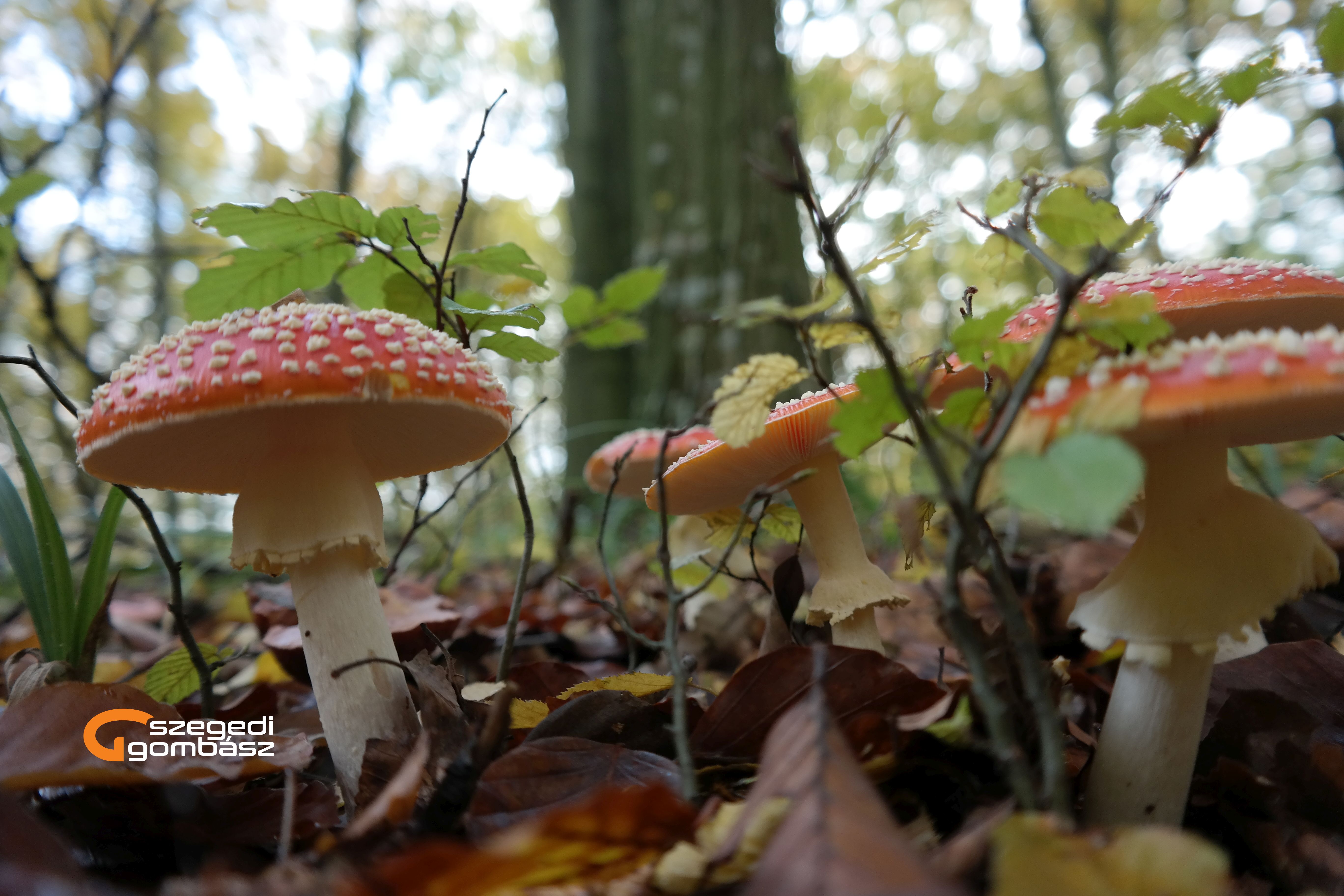
Képet készítette: Szegedi Gombász Egyesület
LL: Mit üzen a fiataloknak?
SA: Sajnálom, mi egyértelműen kudarcot vallottunk. Legyenek Önök bölcsebbek, előrelátóbbak, megfontoltabbak, mint az előző nemzedékek tagjai, és sok-sok évszázad után legyenek az első olyan nemzedék, aki jobb állapotban adja át az élő Földet a következő nemzedéknek, mint ahogyan átvette.
LL: Hogy érzi, hiányol esetleg valamit az életéből?
SA: Nem szívesen pazarolom méltatlan személyemre a szót, amikor a gombákról és a természetvédelemről is beszélhetek.
LL: A fentieken kívül van-e bármi, melyet fontosnak tartana kiemelni?
SA: Felhívom a figyelmet Mikológia Tanszék című előadás-sorozatunkra, amelynek előadásai a Szegedi Gombász YouTube csatornánkon elérhetőek. A mikológiai tudáshoz nem könnyű hozzájutni, vagy csak egészen szűk perspektívából, ezért is tarjuk fontosnak ezt a kezdeményezést. Nézzék meg, támogassák!
Remélem, sokakat megérintettek Sándor Attila gombász szavai, melyet, mint a gombafonalak szőttek át a természetvédelem jelenkori pillanatképei és jövőbeli kihívásai. További hitet és erőt kívánok munkájában.
